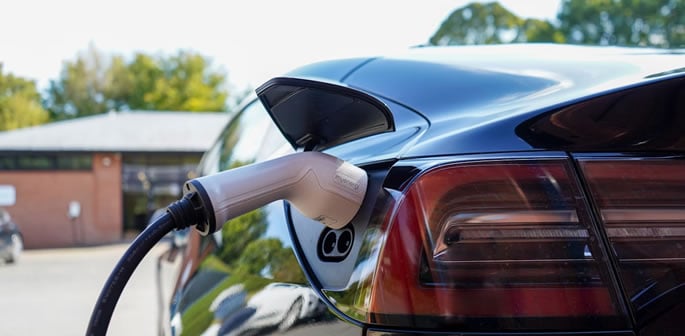What matters is knowing how much capacity is left
If you already own an electric car, or you’re thinking of buying one second-hand, understanding battery health is essential.
It’s the difference between an EV that runs smoothly for years and one that quickly loses power and range. The battery is the heart of your car, and like any heart, it needs regular checks to stay healthy.
Many drivers assume battery testing is a job for mechanics or dealerships. In reality, there are simple ways to monitor your EV’s battery from home or during a test drive.
Knowing how to do this not only protects your investment but can help you spot issues early and keep your car performing at its best.
For British South Asian drivers who’ve embraced the shift to electric, here’s how to check the battery health of a used EV.
What Does Electric Car Battery Health Mean?
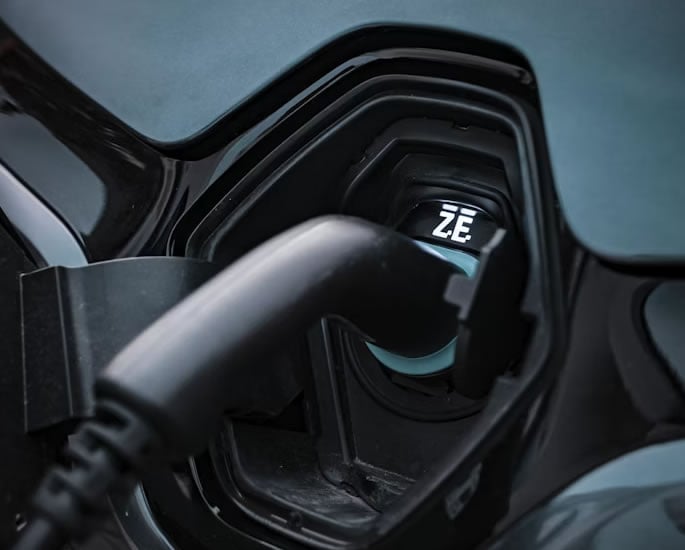
Electric cars have two batteries: a small 12-volt one that powers basic systems, and a much larger lithium-ion battery that drives the car. It’s this second one that determines how far you can travel on a charge and how long your car lasts.
Battery health refers to how much of the battery’s original capacity remains. This is measured in kilowatt hours (kWh).
A compact EV might have around 30kWh, while a luxury model can hold over 100kWh.
Over time, all batteries lose a little capacity – roughly one to two per cent per year.
This slow fade means that after several years, your car might not travel quite as far on a full charge. But that’s normal.
What matters is knowing how much capacity is left and whether it’s still within a healthy range for your vehicle’s age. A five-year-old EV with 90% of its original capacity is doing well.
Checking this figure is vital when buying second-hand, but equally important if you already own an EV.
It helps you track performance over time and understand when professional servicing or adjustments might be needed.
Using Your Dashboard
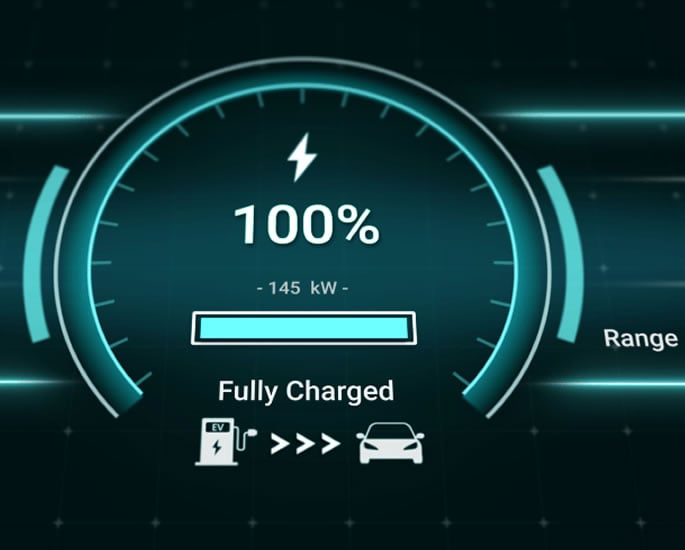
Your dashboard or infotainment screen is one of the best tools for checking battery condition, whether you’re on a test drive or simply keeping an eye on your own car.
Most EVs display an estimated driving range, which changes based on charge level, driving style, and conditions.
To test it, fully charge your car and compare the predicted range with what you actually achieve.
If the two are close, your battery’s performing well. If you’re losing more miles than expected, it might be time to investigate further.
Another useful indicator is the State of Charge (SOC). This shows how much energy is left in the battery at any given time. If you notice the percentage dropping unusually fast, it may suggest degradation or a fault.
Modern EVs come with a Battery Management System (BMS), which monitors voltage, temperature, and charging performance. Check your car’s manual to see what data the BMS provides.
Tracking this information regularly gives you an ongoing picture of how your battery’s performing.
If you already own an EV, it’s a good habit to note down range readings every few months. Small changes are normal, but sudden drops could point to an underlying issue that needs checking by a technician.
Professional Scans & Tools
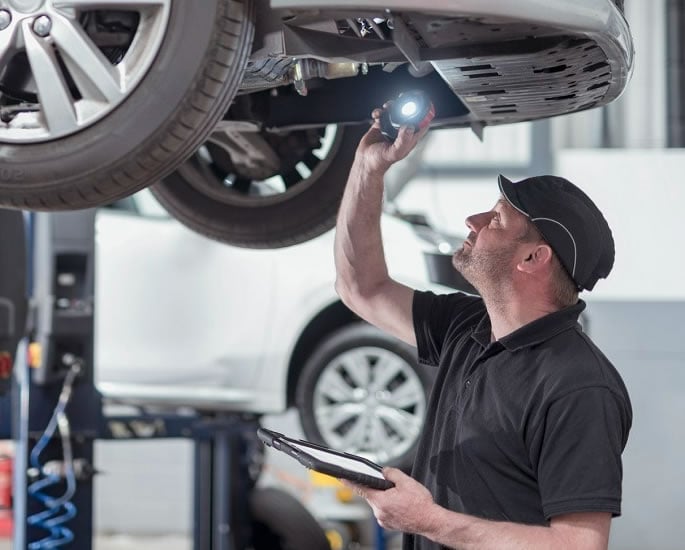
For the most accurate results, visit a certified service centre for a professional battery health scan.
These scans use specialist tools to assess internal resistance, temperature, and usable capacity. They provide a clear picture of how the battery is ageing and whether it’s still within manufacturer standards.
Many garages now offer a “battery health certificate”, which is useful for resale or warranty purposes.
If you own an EV, getting a health check once a year, especially before long road trips, can help identify any decline early on.
Several manufacturers also offer their own diagnostic apps or software tools that connect to your car.
These apps, sometimes paired with an OBD2 reader, provide detailed data on charging habits and long-term performance.
Brands like Tesla, BMW, and Nissan have their own systems, while others work with third-party platforms.
These tools are ideal for drivers who want to monitor battery performance in real time. They show how your driving patterns affect the battery, helping you make small adjustments that can extend its life.
Home Testing
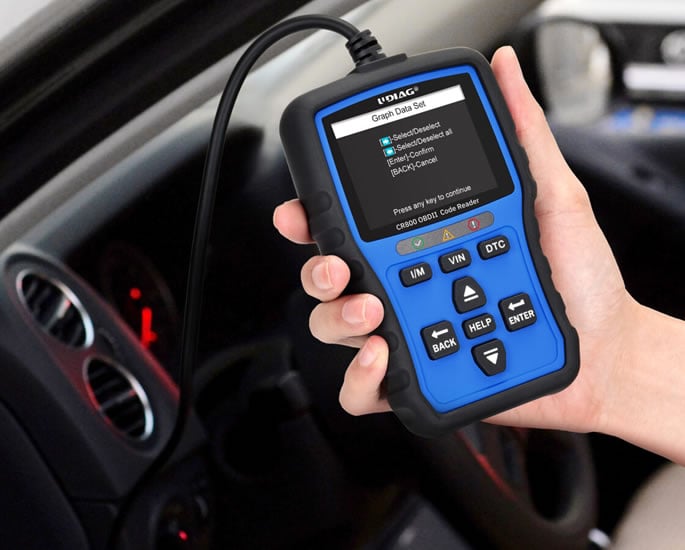
You don’t need to be an expert mechanic to check your EV battery. There are affordable tools available that can give you accurate readings from home.
An OBD2 reader or scanner plugs into your car’s diagnostic port and displays information about the vehicle’s systems.
Basic readers cost around £50 and can identify battery-related faults using diagnostic trouble codes. Some advanced models even provide live data about voltage and charge efficiency.
If you prefer a more hands-on approach, a multimeter can measure voltage, current, and resistance. This requires a bit more technical knowledge but can help detect issues with the battery’s electrical system.
For EV enthusiasts, specialist battery testers offer detailed readings of charge, temperature, and internal resistance.
These can be expensive, often costing several hundred pounds, but they’re useful for collectors or anyone serious about long-term battery care.
Whether you own or are testing an EV, these tools can help you spot inefficiencies early, long before they turn into expensive problems.
Health Apps
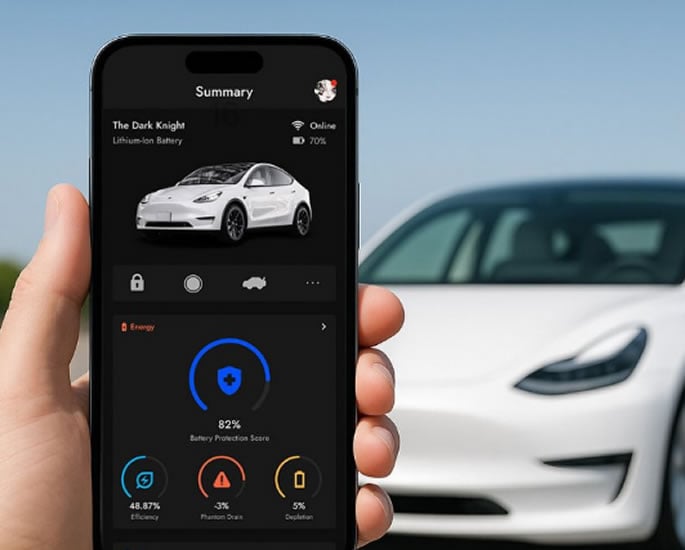
Technology has made it easier than ever to assess battery condition without physical tools. Several apps now use telematics and AI to measure performance based on real-world driving data.
The ClearWatt EV Health Checker is one example.
It records journeys, analyses energy use, and calculates a “normalised range capability”, factoring out variables like weather and driving style. This gives a fair representation of your car’s actual battery efficiency.
For current EV owners, these apps are an excellent way to track how your battery performs month to month. For buyers, they offer reassurance that a used car’s range figures are accurate.
Whichever app or service you use, the key is consistency: regular testing helps you identify gradual declines before they become serious.
How to Extend Your Battery’s Life
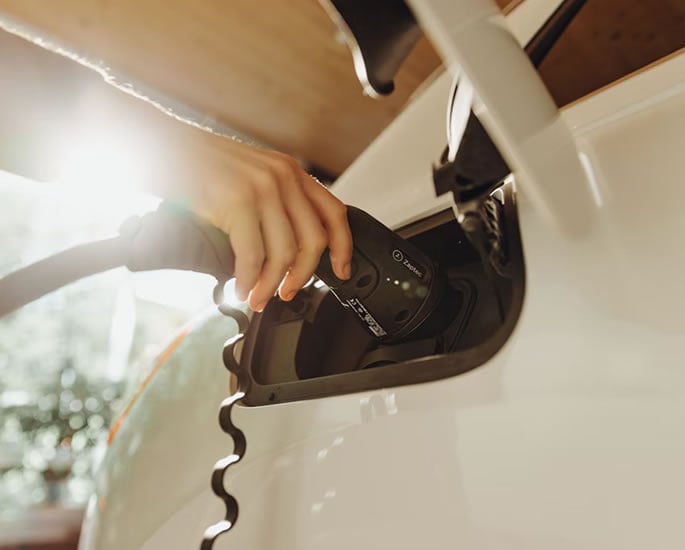
Knowing your battery’s health is only half the battle. The rest is looking after it properly. The good news? Simple habits make a big difference.
Avoid letting your battery drop below 20% or charge above 80% unless you’re on a long journey.
Slow charging (often called Level 2 or “overnight” charging) is kinder to the battery than rapid charging.
Try to park in shaded areas in hot weather and in garages during winter to protect against temperature extremes.
Driving style also plays a role. Smooth acceleration and gentle braking reduce heat and wear on the battery.
Regular software updates from your car manufacturer often include performance improvements, so don’t ignore those reminders.
For EV owners, it’s smart to schedule annual maintenance checks. Properly inflated tyres, clean connections, and updated firmware can all help keep your range steady.
With care, your battery can easily last over a decade before showing major decline.
Whether you already own an electric vehicle or you’re thinking about buying a used one, understanding battery health is key to getting the best from your car.
You don’t need expensive equipment or deep technical knowledge, just the right approach and some basic tools.
From dashboard readings and mobile apps to professional diagnostics, there are plenty of ways to keep your EV in top condition.
For British South Asian drivers investing in the electric future, staying informed means staying ahead.
A well-maintained battery doesn’t just save money; it keeps your car reliable, efficient, and ready for every journey ahead.
Because when it comes to electric cars, a healthy battery isn’t just about performance. It’s about peace of mind.




















































